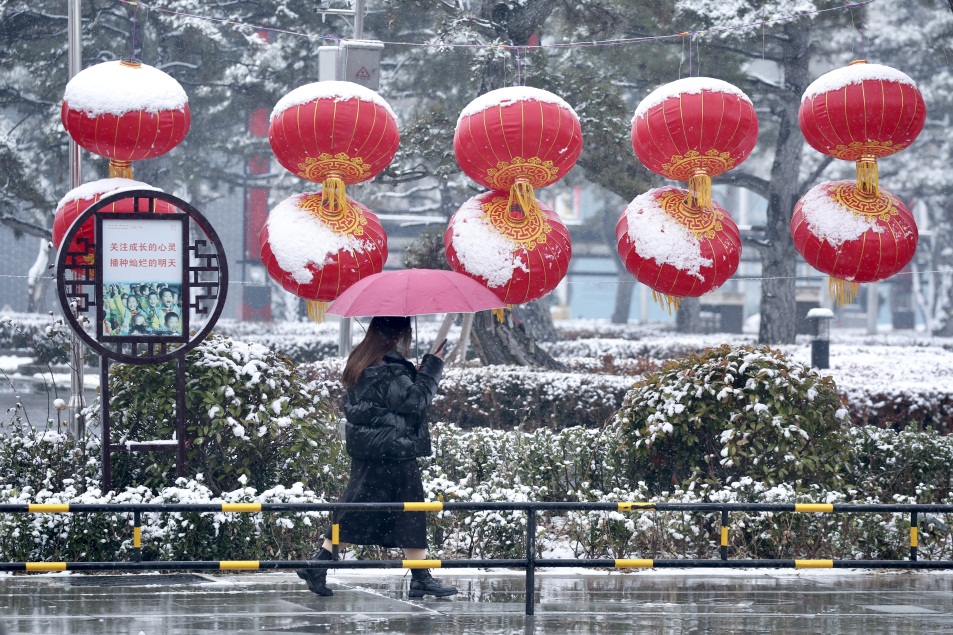Contemporary Cultural Figures of Mount Taishan
Liu Hui--Analyzing Ancient Chinese Culture from Taishan Heritage
Liu Hui is the vice-director of Taishan Mountain Scenic Area Management Committee, research librarians of museums, visiting professor of Shandong University, and a part-time researcher at the Regional History Center of Shandong province.
He is a scholar engaged in Taishan heritage and has long been committed to researching and exploring the history and culture of Taishan. In 1982, he found the long spoon site of well-known "Long Spoon's war" during Spring and Autumn Period (770-476 BC); in 1995, with archaeological findings, he finalized the location of first specific Building of Mingtang; in 2001, during the clean-up of Dai Temple, he found "whack-ball map" and other rock characterization of Song Dynasty (960-1279). "Whack-ball" is called "China's golf"; in 2003, he determined Yunting mountain was the site that the Yellow Emperor in history prayed and said thanks for peace and prosperity; by using the heritage evidence, he clarified the largest ancient architecture of Taishan--"Han Yiqi Palace" in Dai Temple; he corroborated archaeological discovery with the literature to explain that Taishan's religion, even "the Country's religion " is a typical patriarchal traditional religions.
In order to protect and repair the historic look of Dai Temple, he has presided over the rebuilding of Taiwei Palace, Linghou Palace, the East Gate of God, West Gate of God, Yanxi door, west wall, north wall and east walls and other important buildings. He has made positive efforts for protection and utilization of cultural heritage of Mount Tai
Rich working experience, also makes his academic research yielded fruitful results. He has published Religious Studies of Taishan, Religion and Temples, Taishan Temple Fair and other ten monographs.

 Shandong: Where Excellence is made
Shandong: Where Excellence is made Building a Moderately Prosperous Society: The Tai'an Way
Building a Moderately Prosperous Society: The Tai'an Way Video: Jiunvfeng Park
Video: Jiunvfeng Park

